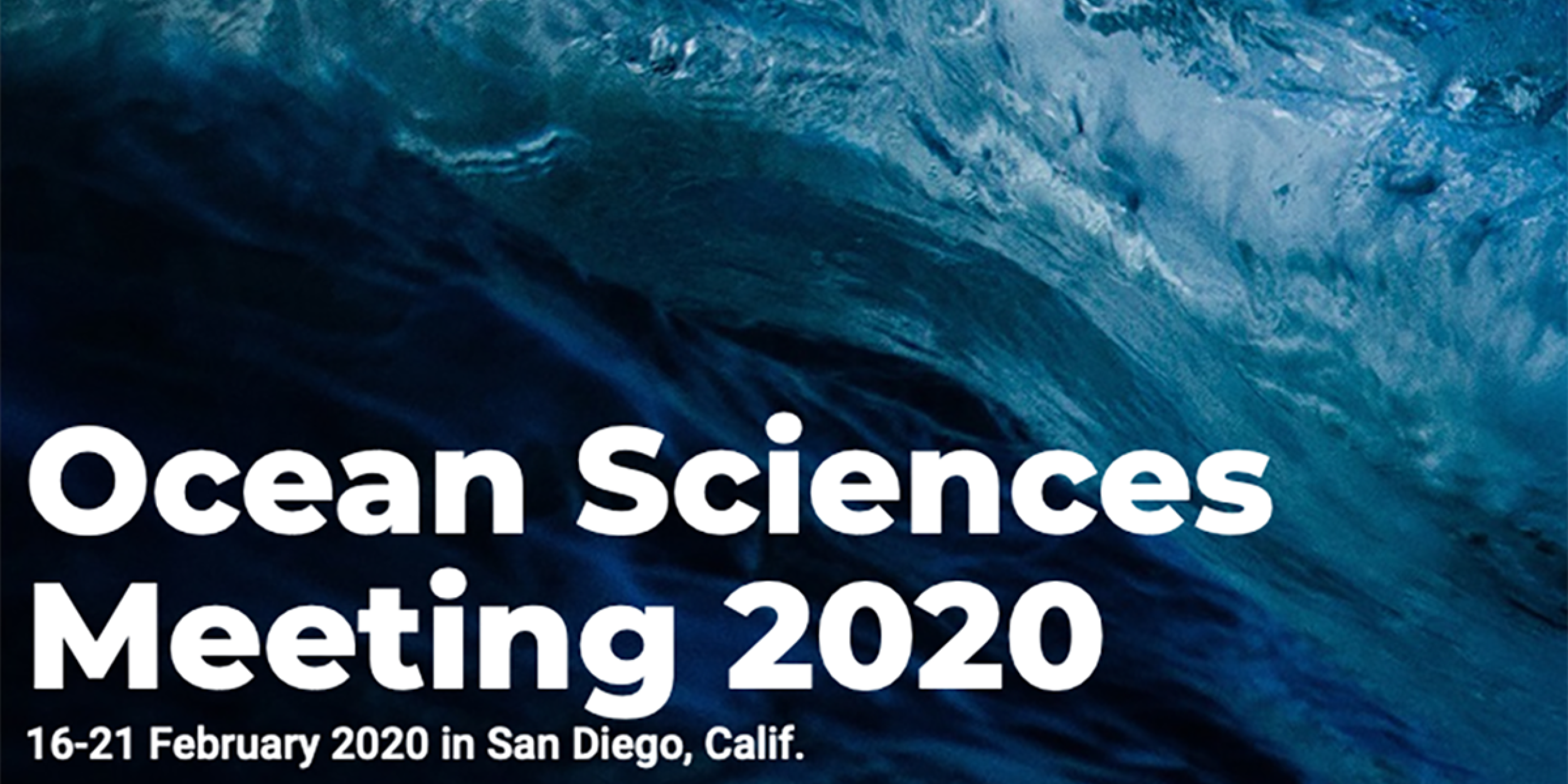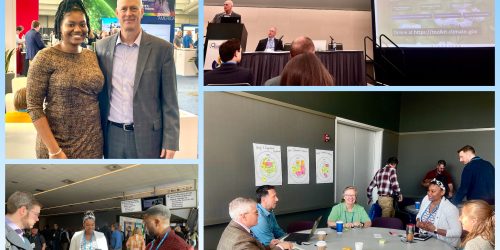Researchers funded in part by CPO’s Climate Observations and Monitoring (COM) Program presented results that advance our understanding of interactions between the ocean-atmosphere and ocean-ice-atmosphere systems to improve Earth-system prediction at the Ocean Sciences Meeting 2020 in San Diego.
Below are a subset of results from COM-funded projects that were presented.
- Dongxiao Zhang (JISAO/University of Washington NOAA Cooperative Institute/NOAA PMEL) is demonstrating the value of long-term in situ ocean observations in validating Numerical Weather Prediction and Climate Models. Abstract »
- Gregory Foltz (NOAA AOML) in collaboration with lead Karthik Balaguru (PNNL) and others, highlighted the importance of salinity on hurricane rapid intensification and its potential usefulness as a predictor of RI occurrence. Abstract » Members of this team also introduced an upper-ocean stratification dataset that offers promise for improved real-time characterization of upper-ocean stratification. Abstract »
- Alexey Kaplan (Columbia University) presented methods for creating subsurface ocean temperature and salinity datasets. These datasets are crucial to understanding sea level rise, ENSO events, and ocean circulation, but are incredibly sparse, especially during the pre-ARGO period. Abstract »
- Mark Bourassa (Florida State University) highlighted how wind and ocean-atmosphere coupling are important, and at what scales, for ocean modeling. Abstract »
- Gokhan Danabasoglu (National Center for Atmospheric Research) is working with the NOAA and external community to bring observations and data to improve Atlantic Meridional Overturning Circulation in models. Abstract »
- Chidong Zhang (NOAA PMEL) is using measurements collected by novel technology, such as saildrones, to develop datasets that estimate air-sea energy fluxes. Zhang will compare estimates with models and satellites to quantify fluxes due to rapid sea ice reduction and identify where more research efforts are needed. Abstract »
These projects exemplify the work NOAA and the broader research community is collaboratively undertaking to capitalize on NOAA’s vast observational and data assets and create value-add datasets to improve understanding and modeling of the earth system.










